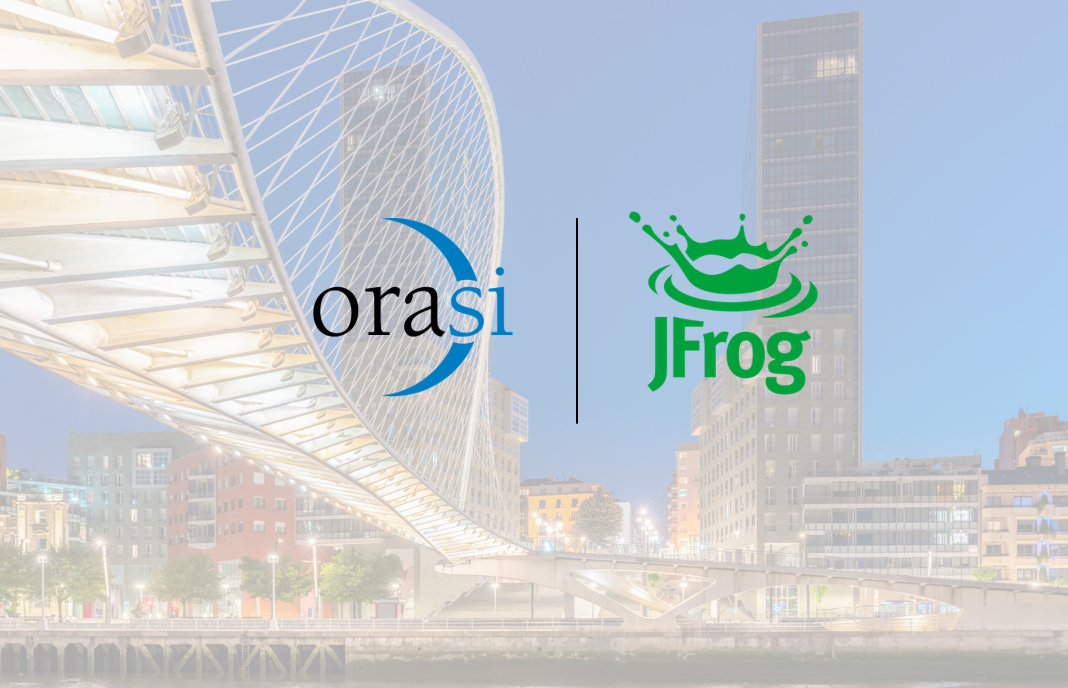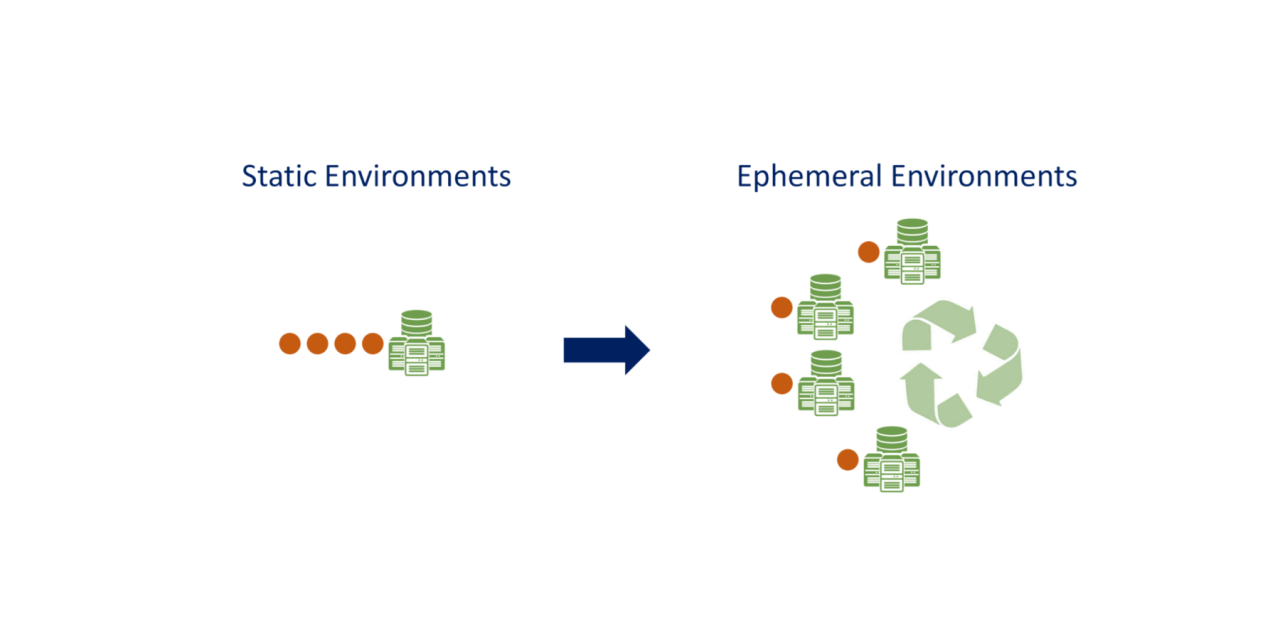By: Karl Rubin, COO
DevOps has been a significant shift in the development paradigm. A new collaborative mindset has successfully solidified the rigid boundaries between development and operations. The worldwide DevOps software tools market touched $8.5 B in 2019, as per IDC. Its experts believe that enterprise DevOps teams are gaining maturity. They are moving towards standardized toolchains and workflows.
According to GMInsights, by 2026, this market will touch $17 B. The drivers for this acceleration include: the increased need for faster application delivery, high productivity of the business, and the pressure to eliminate unnecessary capital expenditure in IT.
Today, there is also a higher need to reduce the software development cycle and speed up delivery, streamlining collaboration between IT and operation teams, and tapping the abstraction-driven scalability of microservices and service virtualization. All this is where DevOps comes into action.
However, the advantages of DevOps – like agility, faster release cycles, incremental changes, security, and quality – are only possible when one goes about DevOps the right way.
But, how can you find out whether one is in the right lane? Especially on a superhighway like DevOps. Simple! Just watch for some road signs. We call them DevOps metrics.
Measure and move
You need to know how well you can balance the velocity of development with quality in a DevOps context. That’s where you need these metrics. Use them to track your direction and progress on the efforts of leveraging DevOps.
1. Deployment size (how many features, requests, and bugs) as well as deployment frequency and time.
2. Lead time between starting a new task item and production.
3. The number of customer tickets and resolution speed.
4. Defect escape-rate that tells you how many of your code defects escaped into production without your knowledge.
5. Broken builds observed through deployment stability. It is seen through the percentage of time when the most recent build for a repository showed success.
6. Work-in-progress dashboards for open issues and average velocity.
7. Change failure rate – because agility in DevOps should not be done at the cost of performance. If the more frequent changes being deployed are failing too frequently, then this would affect final application performance at the customer level.
8. Speed of pull requests, which is measured by the value waiting to be delivered to production. With a repository speed score that tracks the time from submission to merge – you can gauge this area without losing track of old pull requests.
9. The volume of change between deployments would help you evade a constant stream of minor modifications. The goal should be to focus on substantial updates that provide a better experience and stability.
10. Mean Time to Detection (MTTD), where you identify problems at a fast rate and early on through good application monitoring.
11. Mean Time to Recovery (MTTR) is where excellent tools help to see how fast you can recover your problem areas when they pop up.
12. Pass-rate on automated tests.
13. Application availability, uptime, and reliability.
Now, that you know how to measure your attempts and their effectiveness, you can go through this fresh approach with far greater success and speed. DevOps has been giving enterprises a performance up-tick and agility across all categories.
So, you may be closer to DevOps success than you think. Measure and get closer to an agile and customer-centric enterprise. Made for today and made with DevOps.



